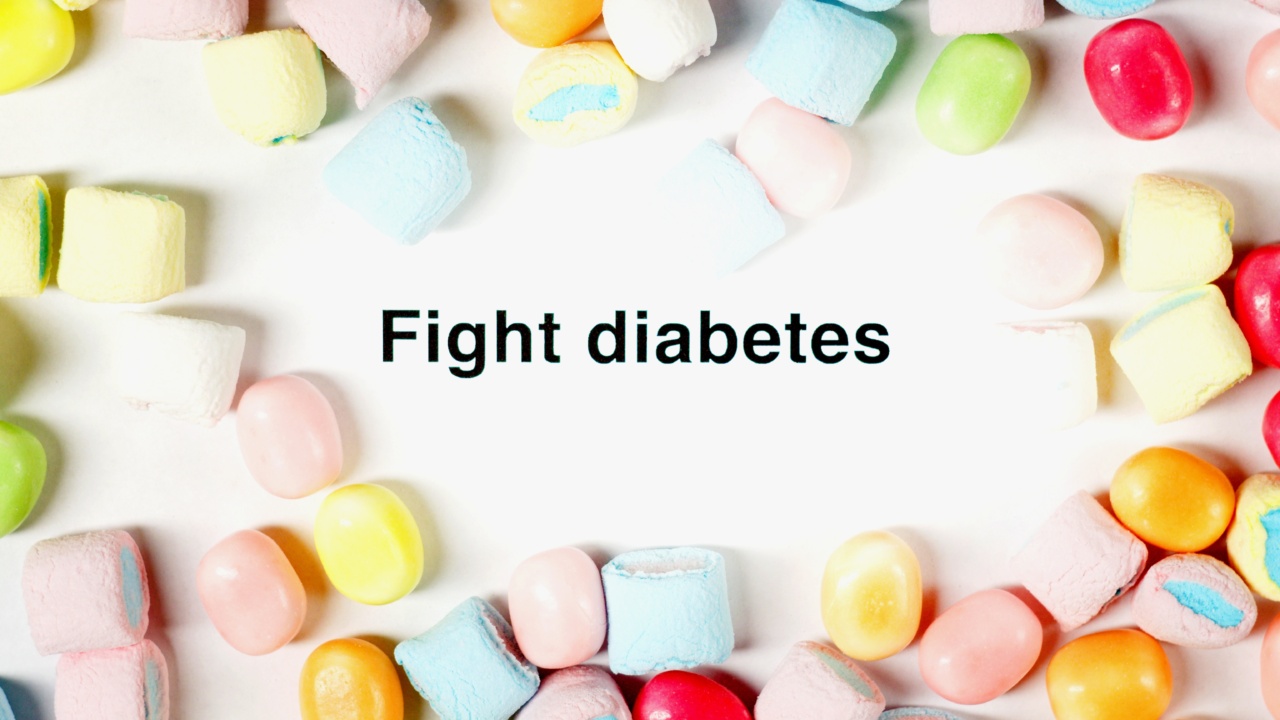Vitamins play a critical role in maintaining a healthy body, including the proper functioning of the circulatory system.
The circulatory system is responsible for distributing oxygen and nutrients to all of the body’s cells and tissues and removing waste products. One crucial aspect of circulatory system upkeep is proper blood clotting. Blood clotting is a critical process that prevents excessive bleeding after an injury.
However, vitamin deficiencies can negatively impact blood clotting, leading to several complications.
Vitamin K and Blood Clotting
Vitamin K is one of the most critical vitamins when it comes to blood clotting. This vitamin plays a critical role in the activation of clotting factors, which are proteins responsible for forming blood clots to prevent excessive bleeding.
Vitamin K is also necessary for the production of certain proteins that prevent blood clots from forming in the wrong places in the body.
Inadequate intake of vitamin K has been linked to an increased risk of bleeding. In severe cases, vitamin K deficiency can cause excessive bleeding that can be life-threatening.
Some of the signs of vitamin K deficiency include easy bruising or bleeding, nosebleeds, and bleeding gums. People with vitamin K deficiency are at risk of developing bleeding disorders that can lead to prolonged bleeding after an injury.
Vitamin E and Blood Clotting
Vitamin E is another critical vitamin that plays an important role in blood clotting. This vitamin acts as an anticoagulant, meaning it can prevent the formation of blood clots.
Vitamin E achieves this by inhibiting platelet aggregation, which is one of the early stages in the formation of blood clots.
Vitamin E deficiency has been linked to an increased risk of blood clots, including deep vein thrombosis and pulmonary embolism. These conditions occur when a blood clot forms in the veins or arteries, preventing blood from flowing correctly.
Vitamin E deficiency can lead to reduced vessel wall integrity and increased platelet aggregability, both of which can contribute to blood clot formation.
Vitamin C and Blood Clotting
Vitamin C is another essential vitamin that plays a crucial role in the circulatory system, including blood clotting. This vitamin is required for the production of collagen, a protein that helps maintain the structure of blood vessels.
Inadequate intake of vitamin C has been linked to an increased risk of bleeding disorders due to loss of vessel wall integrity.
Vitamin C deficiency has also been linked to impaired platelet function, and inadequate synthesis of prothrombin and other clotting factors. In severe cases of vitamin C deficiency, bleeding gums, joint pain, and weakness can develop.
Vitamin B12 and Blood Clotting
Vitamin B12 is an essential vitamin that plays a critical role in several bodily functions, including blood clotting.
This vitamin is required for DNA synthesis and cellular metabolism, making it an essential nutrient for the optimal functioning of all cells in the body.
Inadequate intake of vitamin B12 has been linked to several health issues, including blood clotting disorders. Vitamin B12 deficiency-related anemia causes an increase in fibrinogen levels, which can increase blood clotting.
People with low vitamin B12 levels are also at an increased risk of thrombosis due to elevated homocysteine levels, which are associated with blood vessel damage.
Vitamin D and Blood Clotting
Vitamin D is a critical vitamin for bone health and several other bodily functions, including blood clotting. This vitamin has been known to regulate many physiological processes, including blood clotting factors.
Inadequate intake of vitamin D has been linked to several cardiovascular diseases, including increased risk of venous thromboembolism.
People with low vitamin D levels had abnormal levels of key clotting factors, which can lead to the formation of clots and other circulatory system complications. It is, therefore, critical to maintain adequate levels of vitamin D to avoid clotting issues and other circulatory system complications.
Conclusion
Vitamin deficiency can negatively impact blood clotting and lead to several complications. While proper nutrition is essential for maintaining good health, it’s especially vital when it comes to blood clotting.
Vitamins K, E, C, B12, and D play a crucial role in maintaining healthy blood clotting and blood vessel functions. It’s, therefore, essential to maintain a balanced diet and ensure your body receives adequate amounts of all vital vitamins.































